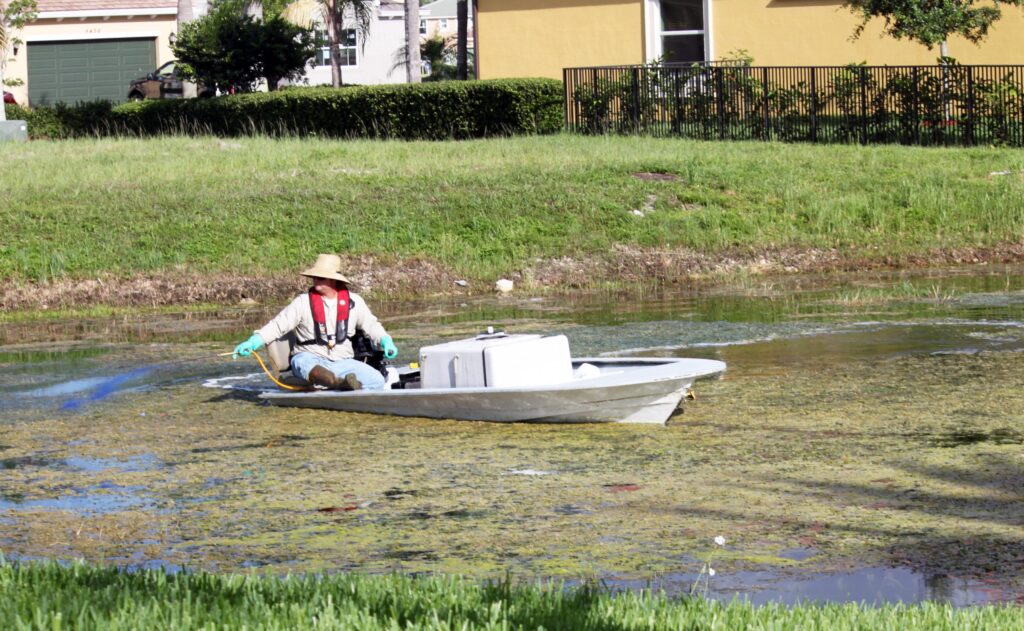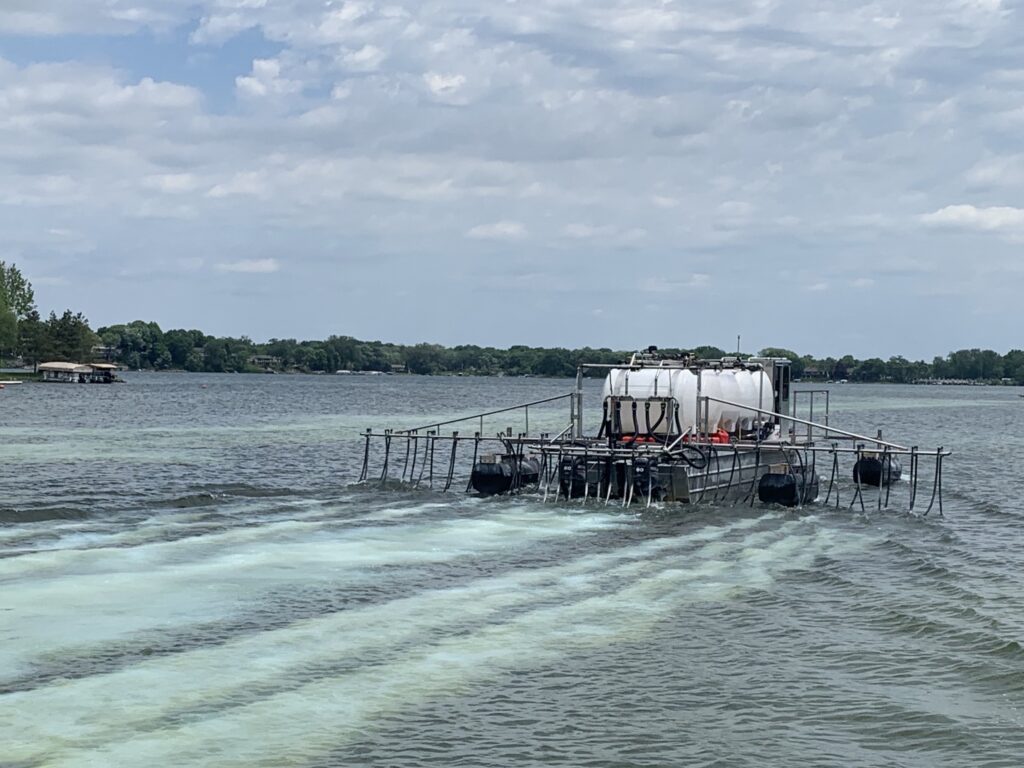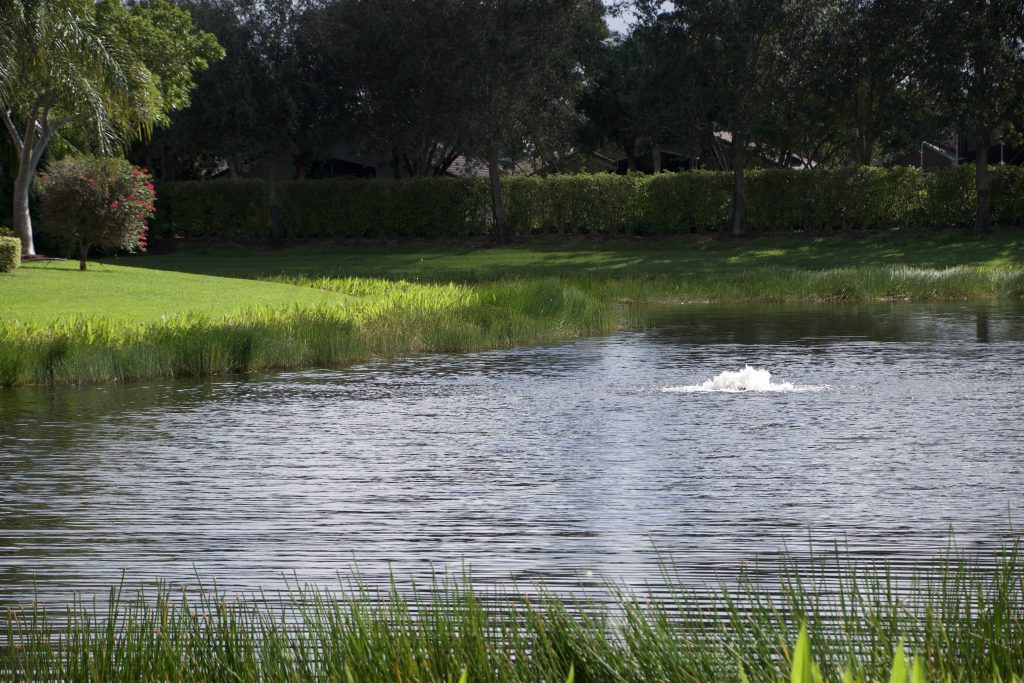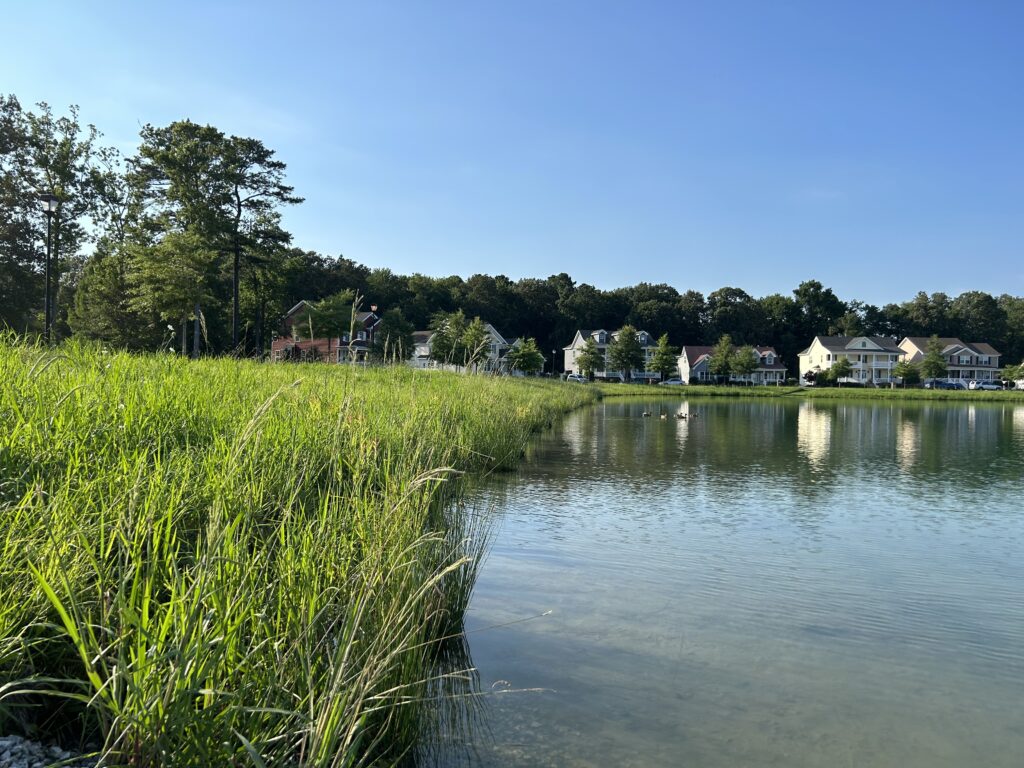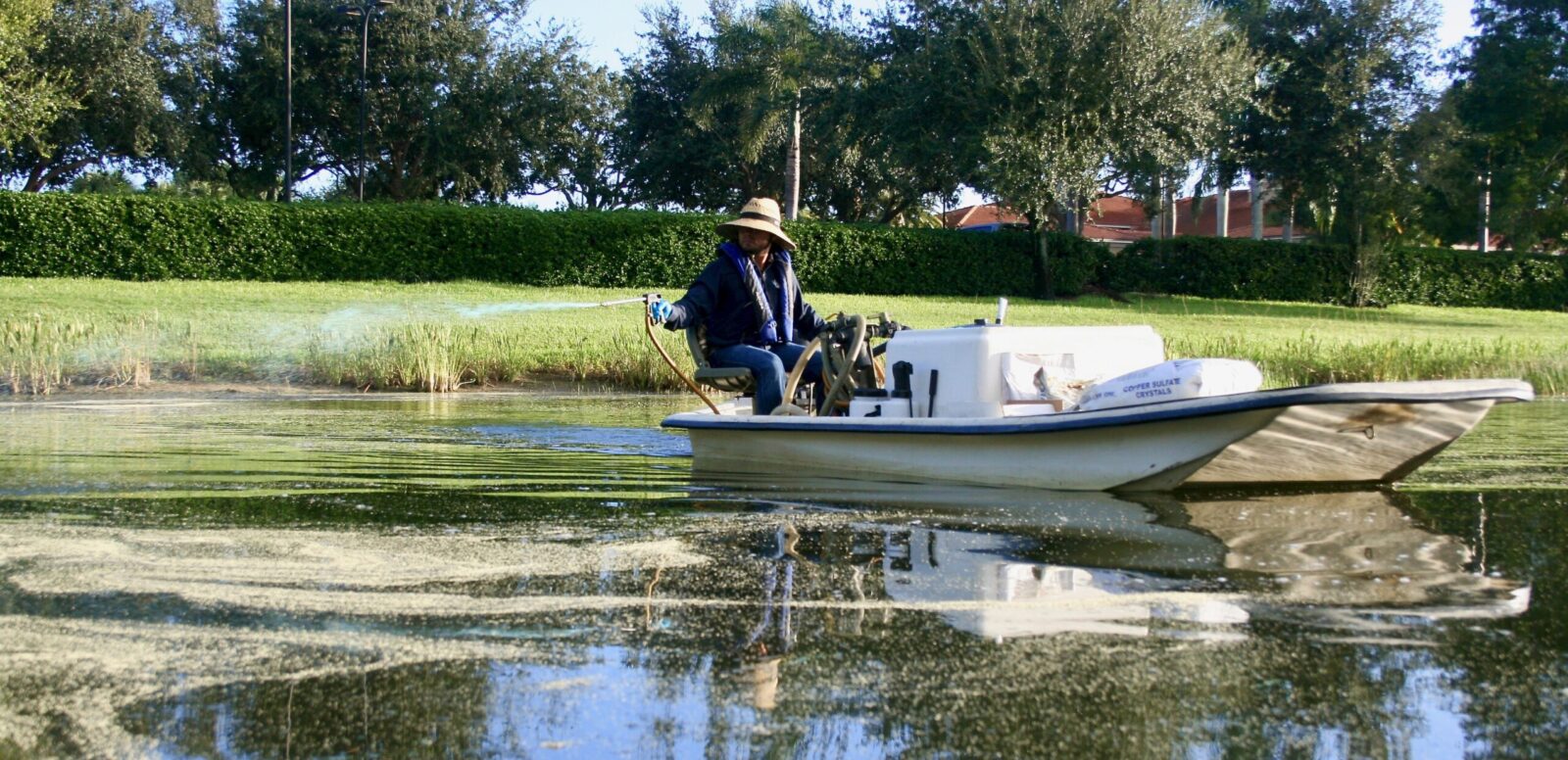
Know The Signs of Poor Water Quality and When to Intervene
Whether your region experiences harsh winters or cool off-seasons, there are likely weeks or even months when your waterbody cannot be used for recreation or relied on for functional and aesthetic purposes. As temperatures begin to rise in the spring, so does your anticipation to enjoy the water. However, the sight of stringy filamentous algae or scummy planktonic algae and cyanobacteria can diminish this excitement. Understanding the optimal treatment window for algal blooms is crucial to ensure your waterbody is primed for maximum enjoyment when the time comes.
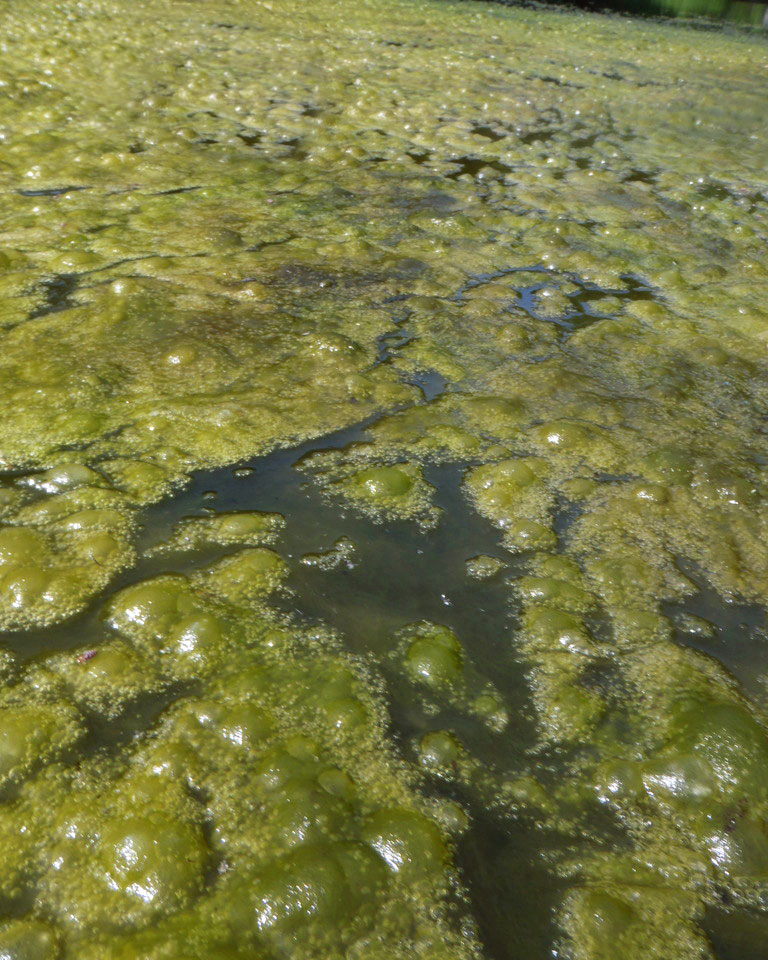
How do algal blooms develop?
During the winter months, your waterbody undergoes significant changes. When temperatures decrease, algae and weeds undergo mass die-off. During the decomposition process, nutrients like phosphorus are released, which may result in an overabundance of nutrients. With the onset of warmer weather and increased sunlight, these nutrients create optimal water quality conditions for algae to grow.
How Algae Can Impact Lake Health
Algae growth can quickly get out of control without intervention, and the effects can be frustrating and potentially costly. Nuisance algae impede water activities like fishing and kayaking. The sight and smell of green, slimy blooms will undoubtedly raise complaints among neighbors or HOA residents. Over time, this may make a community less desirable and potentially contribute to a drop in property values. Worse still, thick mats of algae can clog stormwater equipment. Without proper drainage during rainstorms, water can flood and potentially damage landscaping, buildings, and other infrastructure.
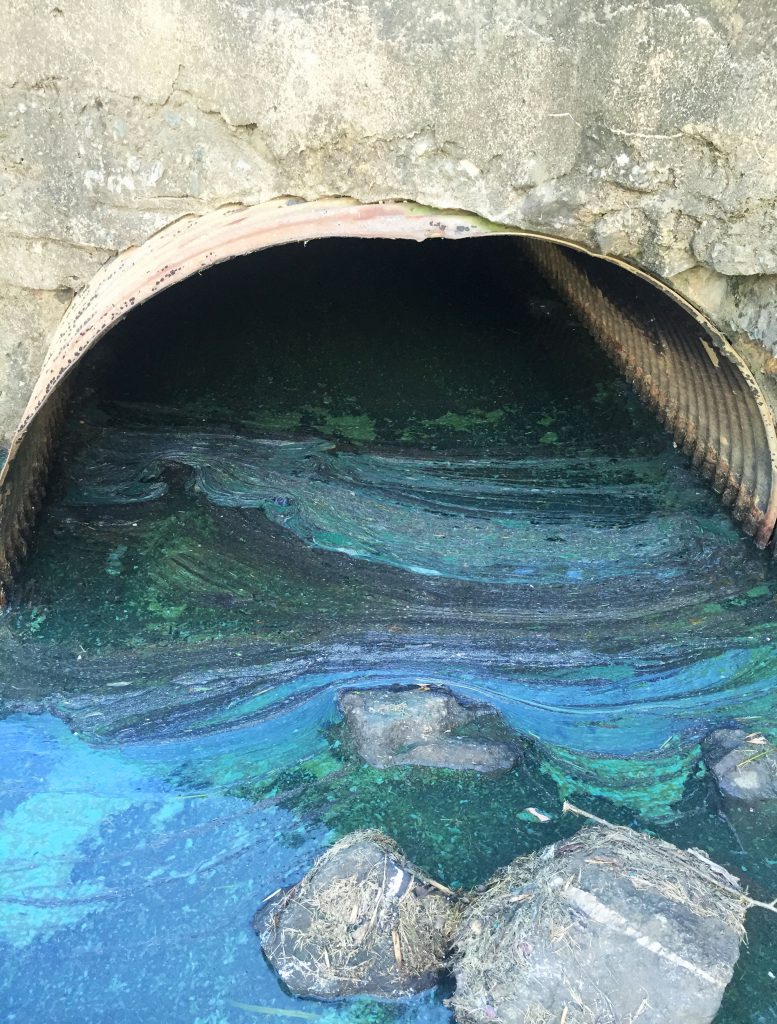
The Dangers of Toxic Algae...
Likewise, unmanaged growth could pose unexpected dangers. For example, cyanobacteria (blue-green algae) is known to produce toxins that are harmful and even fatal to fish, wildlife, livestock, and dogs. Prolonged exposure to cyanotoxins, as reported by the Centers for Disease Control and Prevention (CDC), can lead to serious neurological diseases like Alzheimer’s and Parkinson’s in humans. The longer a cyanobacteria bloom persists, the greater the likelihood of toxin release.
How to Treat Algal Blooms
To treat algae, certified professionals apply algaecide products that are registered with the Environmental Protection Agency (EPA). Algaecides are well-studied and specifically designed to target undesirable algae with minimal impact on native plants and wildlife. The timing of treatments varies based on region. For instance, algae may emerge as early as February or March in southern states like Florida, while in more northern regions like New England, algae may not develop until May or June.
Seasonal conditions, weather patterns, sunlight exposure, and other factors also play a role, but ultimately, it’s important to understand that algaecide treatments are only conducted after algae have appeared; they do not prevent algae from returning and should not be viewed as a long-term solution.
Prevent Algae Growth with Proactive Management
Instead of this reactionary approach, we recommend using algaecides as a reset tool before starting a proactive management program. A proactive program incorporates numerous strategies to maintain clean, balanced water that is less prone to algae. What’s more, proactive strategies can be implemented at any time of the year. In fact, starting proactive management during the fall or winter months can lay the groundwork for a healthier waterbody come spring.
Proactive management programs are tailored to the unique characteristics of a waterbody, as well as the stakeholder’s budget and objectives. Because algae are merely a symptom of imbalanced water, the first step is conducting advanced water quality testing. Professionals assess various parameters, including dissolved oxygen (DO) and nutrient concentrations, to identify the most effective solutions to restore balance. By consistently monitoring water quality, professionals can identify imbalances early and intervene before algae develop.
Tackle Nutrient Levels to Improve Water Quality
If phosphorus levels are elevated, nutrient remediation products made from naturally occurring materials can be introduced. These products remove or “de-activate” phosphorus in the water column and bottom sediments so it can no longer serve as a food source for algae. An Aquatic Expert can recommend the right product based on the size, depth, and type of waterbody you own or manage. Likewise, biological bacteria applications can enhance the decomposition of nutrient-rich muck and organic matter, making the process more efficient.
Boost Oxygen Levels for Healthy Water
Another impactful management tool is aeration. Floating fountains, surface aerators, and submersed aerators may be installed to improve DO levels and water circulation. DO-rich waterbodies are less hospitable to algae. DO also plays a key role in the decomposition process, sustaining biological bacteria as they break down nutrient-rich organic matter. Additionally, innovative technologies like nanobubbles and ultrasonic algae devices can help control some algal species. Each type of equipment works differently and professionals can recommend the right one, or a combination, to ensure a stakeholder’s goals are met.
Establish A Vegetative Shoreline Buffer to Filter Runoff
Beyond proactively targeting nutrients within the water column to prevent algae growth, a proactive approach involves preventing external nutrients from entering the water. Establishing a well-cultivated vegetative buffer around the pond’s perimeter can effectively filter water as it flows into the waterbody during rainstorms. Stormwater runoff from streets, sidewalks, and shorelines carries various nutrient sources such as trash, sediment, lawn clippings, fertilizers, and animal waste. Buffer plants also help prevent the deterioration of shoreline sediment, which is abundant in nutrients.
Utilize Advanced Technologies to Enhance Lake Health
Sometimes, more advanced solutions may be necessary. Crumbling shorelines may require complete reconstruction using bioengineering techniques, while nutrient-rich buildup on the waterbody’s bottom may need removal via a mechanical hydro-rake. Although these solutions can effectively deter future algae growth by promoting a healthier waterbody, they may entail significant costs and downtime; thus, stakeholders should focus on prioritizing other proactive solutions.
Avoid Algal Blooms with Proactive Management
Ultimately, a proactive management program is usually more flexible and cost-effective than a reactive approach. Even better, stakeholders don’t have to think about the timing of algaecide treatments or deal with the stress and complaints that accompany unsightly algae growth. Though algaecides can be helpful—and sometimes necessary—they are just one tool in the lake management toolbox. As part of SOLitude’s annual management programs, stakeholders gain access to our full suite of science-backed solutions to prevent algae. Click to learn more about Annual Lake Management programs.
How to Control Lake Weeds and Algae
SOLitude Lake Management is a nationwide environmental firm committed to providing sustainable solutions that improve water quality, enhance beauty and preserve natural resources.
SOLitude’s team of aquatic scientists specializes in the development and execution of customized lake, stormwater pond, wetland and fisheries management programs. Services include water quality testing and restoration, algae and aquatic weed control, installation and maintenance of fountains and aeration systems, shoreline erosion control, muck and sediment removal and invasive species management. SOLitude partners with homeowners associations, golf courses, private landowners, businesses and municipalities. SOLitude Lake Management is part of Rentokil, a leading business services company, operating across the United States, Canada and Puerto Rico.
For more information, visit SOLitude Lake Management at solitudelakemanagement.com, and connect on Facebook, LinkedIn and Twitter.








